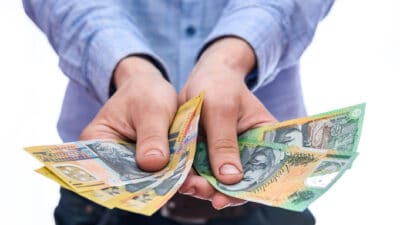Like most shares on the S&P/ASX 200 Index (ASX: XJO), the Telstra Corporation Ltd (ASX: TLS) share price has had a pretty rough time of it of late. It was only back on 18 January that Telstra hit a new all-time record high. The company managed to score a share price of $4.31 back then, the highest level it has traded at since 2017. But fast forward by what hasn't even been a fortnight, and Telstra is starting to put some distance between that new high and its current share price. Yesterday, this ASX 200 telco closed at $3.88 a share. That's a drop of almost 10%. Ouch.
Going off of the fact that Telstra has made no significant announcements over this period, we can probably assume it is more correlated with what the broader market has been doing, rather than investor concerns over the Telstra business itself. But who are we to understand why the market prices shares, the way it does. Sometimes, it makes sense, other times it doesn't. That's probably why the great investor Benjamin Graham once famously said that in the short term, the share market is a voting machine, and in the long term, a weighing machine.
But this slump in value for Telstra shares has uncovered what might be a welcome development for Telstra investors, new and old. It has pushed the Telstra dividend back above a 4% trailing yield.
Why has Telstra's dividend increased?
This might seem counterintuitive for some. But here's how that works. Telstra paid out 16 cents in dividend per share last year. It has stated that it intends to keep this payout consistent over 2022 as well.
Since that metric is a static one, it means that the trailing (and forward, if Telstra indeed keeps its dividends consistent) yield is determined by the Telstra share price. A dividend yield is calculated by dividing a company's annual dividends per share by its current share price.
Telstra's incredible share price run over the past few months put a large dent in its trailing yield. Back in October 2020, when Telstra shares were under $2.70 each, its dividend yield was approaching 6%. But bewteen late October and 14 January, Telstra shares had risen by more than 57%. Even after the recent falls, that gain is still sitting at almost 45%. Now, when Telstra was hitting its new 52-week high just a week or two ago, its dividend yield was well under 4%.
But, as Telstra's share price has fallen over the past week or two, its trailing dividend yield has increased to back over this threshold. On yesterday's closing price, it had hit 4.12%. That grosses-up to 5.89% when you include full franking credits.
There's a silver lining for investors looking at the Telstra share price today!








